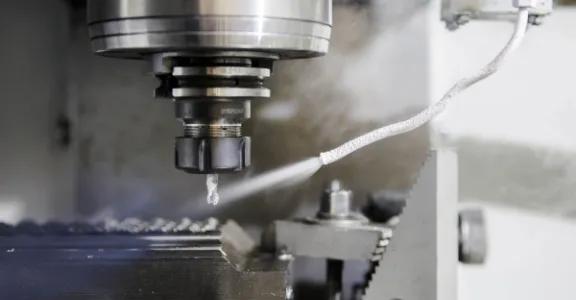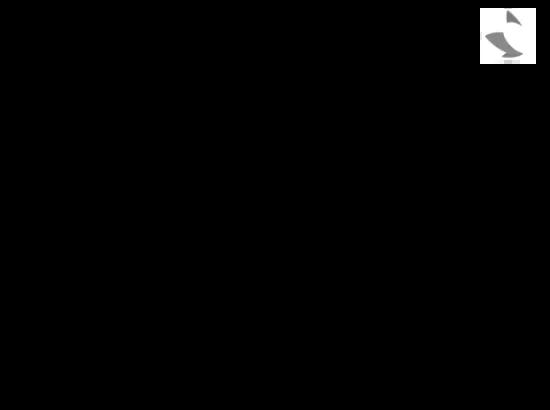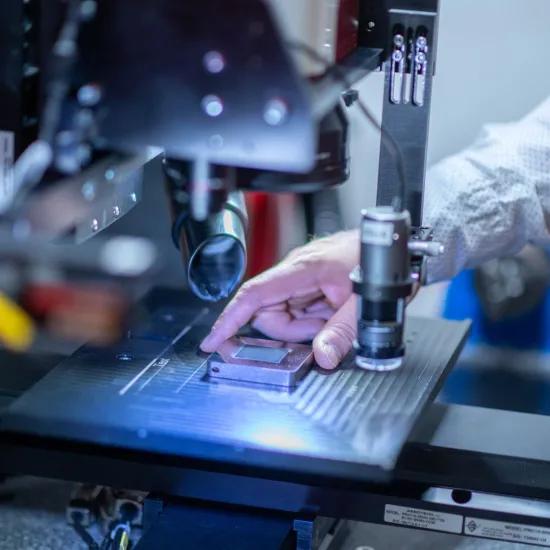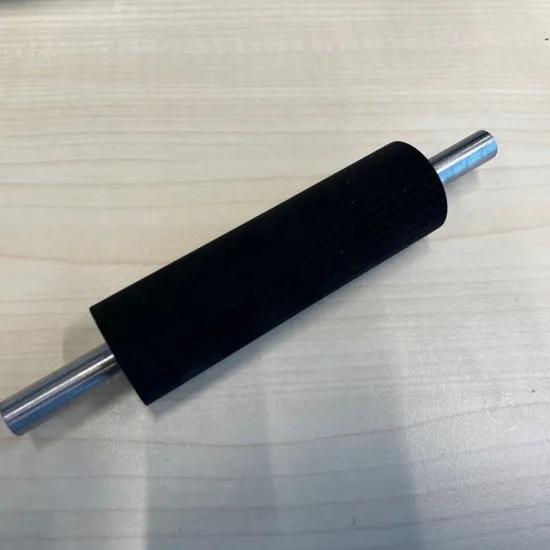The use of (real-time) data to adjust production processes - in machining the term is 'adaptive machining' - is the future of production. This is made possible by the increased availability of sensors. However, everything depends on having and understanding a standardised and structured model, in which the digital information is processed into a physical action. Such models are the key to successful digitalisation. In a series of blog posts, we highlight some basic models. In this second part, we will discuss a model for the calculation of the specific cutting force.
Everyone talks about 'Industrie 4.0' or the extensive use of (real-time) data to adjust and control production processes as the future of production. Within the machining industry, adaptive machining has been talked about for years, and thanks to the increased availability of sensors, it is now within reach. However, all this depends on having and understanding a standardised and structured model, in which the digital information is processed into a physical action. Such machining models are available and are still being supplemented by new scientific insights. In industry, however, they have fallen, to some extent, into disuse. As they are the key to successful digitisation, we will highlight some basic models in this series of articles. In this article: the specific cutting force, a parameter that provides insight into the machinability of a material.
Material dependent
The kc11 specific cutting force is the force needed to cut a chip with a cross section of 1 mm² and thickness of 1 mm. The specific cutting force is a material-dependent parameter and is therefore different for each material group, but also varies within the same group: steel alloys generally have a higher specific cutting force than aluminium alloys, and within steel alloys, low-alloy carbon steels generally have a lower specific cutting force than high-alloy carbon steels.
Geometrically dependent
In addition to the material, the specific cutting force is also influenced by the chip angle. For example, there is a rule of thumb that for every degree that the cutting edge becomes more positive, 1.5 percent less force is required to form a chip. This rule of thumb is instinctively supported, as a sharp knife cuts easier. However, this also means that as the cutting edge wears and rounds, the chip angle becomes more negative and therefore more force is required to produce the same chip.
Suppliers of tools or materials often provide a table with values for the specific cutting force. When using formulas to calculate cutting forces, torque and/or power, it is important to know at which chip angle these values were determined and for which chip angle the calculation will be made. Suppose that the values were determined with a positive chip angle of 6° and you wish to process hardened steel with 6° negative chip angle, the calculation will deviate at least 18 percent without compensation (see rule of thumb).
Online platform
On the 'modelgebaseerdbewerken' online platform you can consult various models and use them to optimise your machining processes. Access to the platform is free of charge, but you need to register.
You will also find the necessary explanations about working with the models on the platform, but be sure to keep an eye on the Sirris agenda because we will be organising both physical and online explanation sessions.
Would you like to know more? Then get in touch with us!
The online platform is part of the COOCK project 'Model-based processing', which was launched with support from VLAIO.





